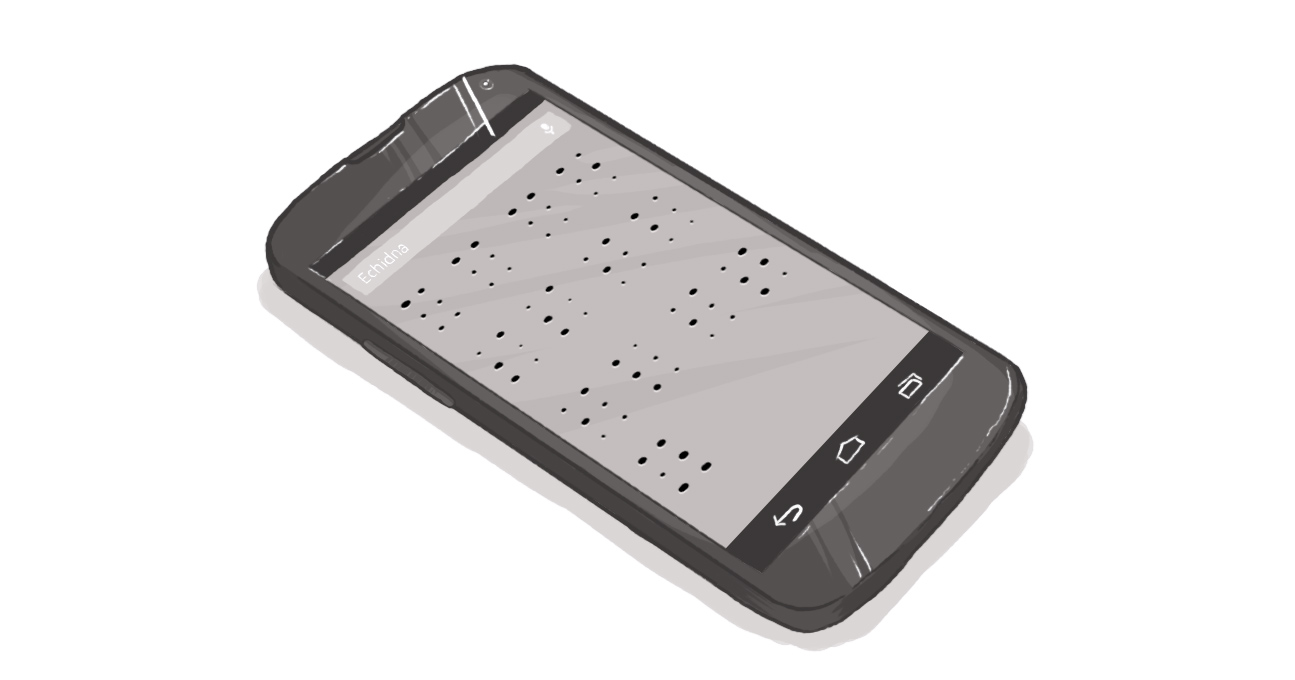A Day in the Life - An All-Too-True Hypothetical Look at Accessibility

Let’s take a journey on this Global Accessibility Awareness Day in the hope that we can all see that less can be so much more.
Let’s look over the shoulder of Pat. A 24-year-old with a visual impairment.
Searching the online job banks is challenging. Some aren’t properly built, so Pat’s screen reader is of little use. And for some of those job postings, there’s a minimum requirement of a valid driver’s license. Now, looking over the job details of that posting, Pat is reasonably certain there’s no requirement that he drive or operate a vehicle -- so clearly in this case, the ‘must have driver’s license’ is code for “we want to make sure you can get to work.”
Well, there’s public transit, right? We’ll get to that later.
Pat’s lucky, though, and has found another posting that aligns with Pat’s qualifications. I mean, it’s not Pat’s first time overcoming a challenge. Pat had a passion for math, but, unfortunately, when Pat went to university, few of the textbooks were available in Braille. All throughout Pat’s educational pathway, advisors recommended moving towards liberal arts -- regardless of Pat’s aptitude for STEM. Pat worked through it though, often footing the bill to have texts made accessible. Pat’s qualified, in spite of the system. Pat submits a resume and gets called in for an interview.
No vehicle? Public transit should be available, right? Let’s just call paratransit and book a trip. Three days in advance? OK. That should work. Call… busy. Call again, busy… Spend a couple of hours in the morning hoping that, like a phone lottery, your name will come up? It’s not ideal, but it’s the expectation. After all, it’s a daily occurrence for people wanting to use paratransit. And if you’re lucky enough to book a ride, you better be there 30 minutes before -- rain or shine. After all, if the driver comes early, or late, and you miss it. That’s a strike against you. Three strikes and you’re not allowed to use the system for a while.
Pat hits the lottery. The ride is booked and Pat arrives at the drop off. Well, near the drop off. It seems there’s some construction in front of the office and the whole street and sidewalks are mud. Pat didn’t find out until Pat arrived at the construction site, so that means walking around the block to find an accessible path -- if there is one. Oftentimes construction sites “forget” to build in accessible pathways -- after all, the job’s only going to take a couple of days.
Two days of no access. It could be worse… and Pat did make it to the interview, although 10 minutes late. Pat’s friend Darcy was once stuck at home for a week in the winter. It snowed, you see, and the path wasn’t properly cleared. Sure, the snow was removed enough to walk over, but Darcy’s in a wheelchair and couldn’t get through.
As frustrating of a day as it’s been, at least there’s an evening concert in a local park. Pat’s friends are going. Unfortunately, there’s no access to this park. Some of the locals were adamant it would be inappropriate to “pave” or create pathways through their beloved green space. So Pat can attend -- just not too close. Pat can see the community, but, as is painfully evident, Pat can’t really be fully part of the community. There are just too many barriers.
Removing Barriers
Accessibility isn’t about doing something special. It’s about doing less -- specifically less harm. It’s about reducing the barriers, both systemic and physical, that prevent people from fully participating in the community.
Whether online or off, we’re not accommodating people by adding “special” things to our day-to-day lives. Instead, we’re trying to remove the barriers that prevent people from fully being a part of our community:
- Fewer accessibility errors on websites to make it accessible to all
- Fewer physical barriers in our community, preventing people from getting around; and
- Fewer barriers to equitable access to education, transit, and support.
On Global Accessibility Awareness Day, the awareness should be squarely on the community we have and how we’re preventing people from fully accessing it. It’s not just about disabilities:
- The same muddy pathways or unplowed snow that prevents Pat from walking impacts seniors with mobility challenges, or families pushing children in strollers
- The same focus on accessible language and intuitive content design that supports screen readers can help people for whom English isn’t their first language
- Those pathways through parks can help truly create an inclusive space for people from all walks of life.
On this Global Accessibility Awareness Day, let’s commit to removing those barriers that prevent us from being the inclusive, welcoming, and equitable community that we often profess to be, but rarely live up to.
SUBSCRIBE TO OUR E-NEWSLETTER
 Subscribe
Subscribe


